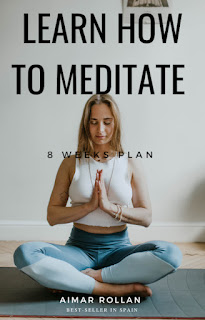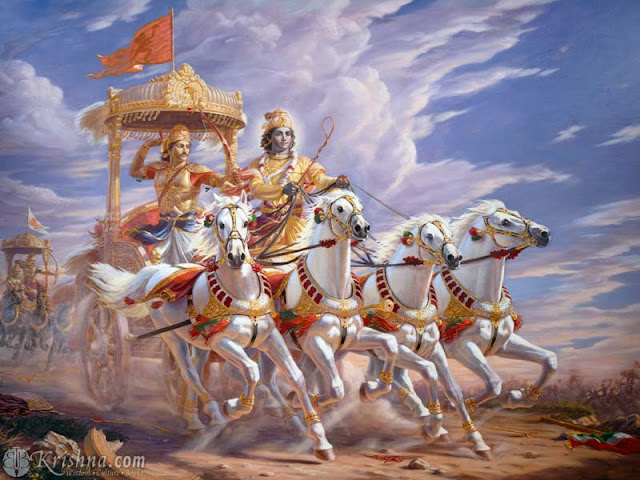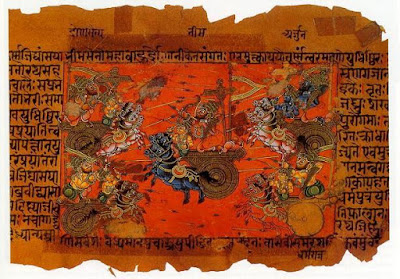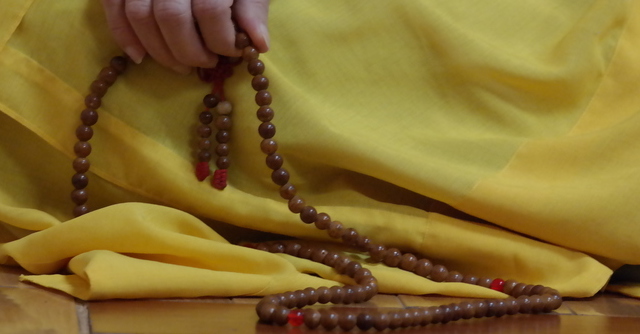
- We learned everything we had to learn.Let's eat, drink andlet's slack offWe are the Self and nothing is beyond ourselves. The devil was by nature ignorant, dark-minded, and without further investigation. He remained satisfied with the idea that the body was his true being.But the nature of the deva was pure, and although at first he made the mistake ofidentify with your body and surrender to every lineage of enjoyment, soon guessingthat his wise instructor had not referred to the body, telling them that they themselves werethe Being they were looking for, but it must be something superior.
Consequently, he turned again to the wise and said:
- Mr, You taught me that this my body was the true Self;but I see that all bodies die, and the Being cannot die.
The wise replied:- Know yourself. You are that.
The deva returned to its sphere believed that the mind was the Being; but he soon observed that thoughts were variable, sometimes good, sometimes bad, and that the mind was too volatile and inconstant for the Being to be.
The deva resorted again to the wise and said:- Mr, I don't think the mind is the Being. You told me it is.
The wise replied:- I didn't tell you such. Know yourself. You are that.
The deva returned to its sphere and finally recognized that it was the Being beyond the body and the mind. Thus did the deva know that the spirit, the true Self is eternal, without birth or death,that neither sword hurts him nor water wets him nor fire burns him nor air he ores him;which is infinite,omniscient, intangible, omnipotent and transcends body and mind.In this way he was satisfied, while the poor demon did not get to know the true for his blind love of the body.”
In this world there are many whose nature is similar to that of the demon of the legend, but there are also some of the nature of deva.
If someone teaches how to increase the possibility of bodily enjoyment, they will attendmany to listen to him, but if he intends to show the path that leads to the goal supreme, will have few listeners.
Few are able to understand spiritual things and less still those who they have patience to reach them; but there are some who know that even if the body lived a thousand years the end result would be the same.
The physical body changes slowly and incessantly and no one is able to prevent even by a moment this alteration of your body, that without remedy has to disintegrate when cease the forces that maintain it.
The text says:
"As the waters of a river ceaselessly move, so the body moves."However, the body must be kept healthy and robust, because it is the best instrument we have..."












 This method, or philosophy , began mostly to be heard at the business level, to improve production. Famous are their " 5S " to achieve better orderly and effective work environments:
This method, or philosophy , began mostly to be heard at the business level, to improve production. Famous are their " 5S " to achieve better orderly and effective work environments:














